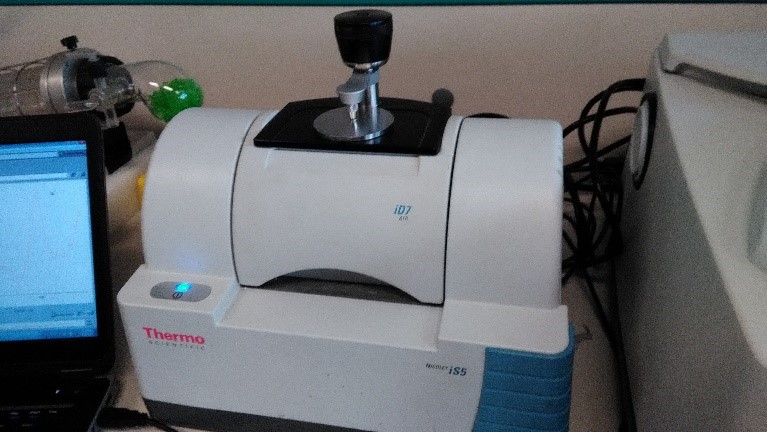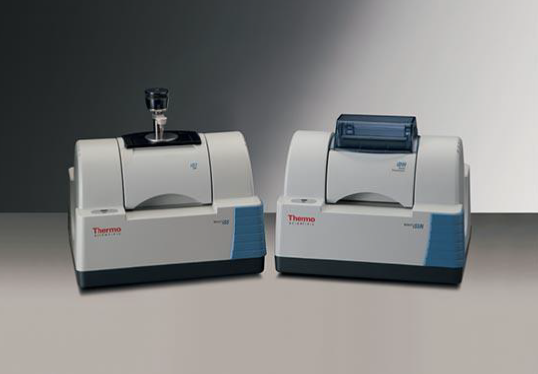| Portable FTIR – Portable instrument for Fourier-transform infrared spectroscopy measurements aimed at the analysis of materials. It is a material analysis spectrometer that can work both in transmission on small samples and in reflectance on larger objects. |

Name of the contact point: Giulia Festa Name of the laboratory: Physics for Cultural Heritage at CREF
The Fourier-transform infrared spectroscopy (FTIR) is a technique used to obtain an infrared spectrum of absorption or emission of a solid, liquid, or gas. An FTIR spectrometer simultaneously collects high-resolution spectral data over a wide spectral range. The spectra data can be used to detect the molecular composition of the materials.

TECHNICAL SPECIFICATIONS
Measurement range: 7800-350cm-1
Instrument resolution: 0.8cm-1
Instrument signal to noise ratio: 35000:1
Wavelength accuracy: 0.001cm-1° 2000cm-1
Wavelength accuracy: 0.05cm-1 to 2000cm-1
Control Standard: NIST traceable polystyrene inside with ASTM 1421 automatic procedure
SAMPLE – solids, powders, liquids
AVAILABLE TECHNIQUES:
Fourier-transform infrared spectroscopy (ATR, reflectance)
USE FOR: metals, ceramics, organic materials etc.
Case Studies

The “Hypogeum of the Garlands” is a sepulchral site, recently found in Grottaferrata (Lazio, Italy),
dating back to the first-second century AD.
A combination of spectroscopic techniques, including inelastic neutron scattering and Raman spectroscopy, and Fourier transform infrared spectroscopy, were applied to the analysis of these bone samples to give information about ancient Roman funerary practices. G. Festa et al. Vibrational spectroscopy to study ancient Roman funerary practices at the Hypogeum of Garlands. Scientific Reports, 12, 3707 (2022)
